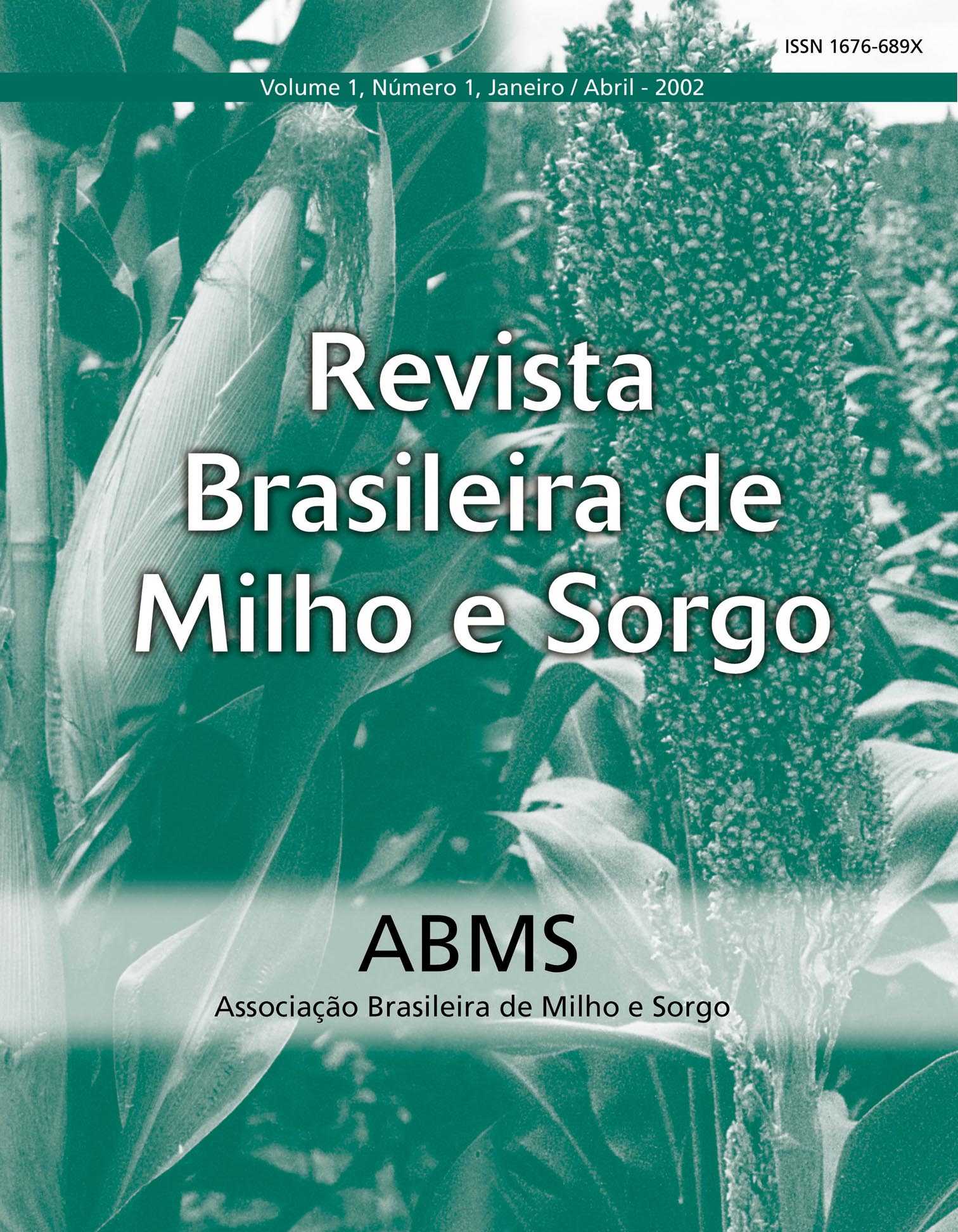ALTERNATIVES FOR OBTAINING DOUBLE CROSS MAIZE HYBRIDS
DOI:
https://doi.org/10.18512/1980-6477/rbms.v1n01p%25pKeywords:
milhoAbstract
In the search for an alternative to reduce the price of hybrid maize seeds the present experiment was carried out to compare the performance and variability among double cross hybrids (DC) derived from the F1 and F2 generations, and from intercrossed plants of the F2 generation of some single cross hybrids (SC). Experiments were carried out in two agricultural seasons. In the first, 1997-98, 42 double cross hybrids were obtained from seven commercial single cross hybrids, that is, 21 from F1 and 21 from F2 generations of the respective single cross hybrid. These hybrids were evaluated in three locations, in two experiments/location, one of them with DC hybrids from F1 generation, and the other with DC from F2. Four SC hybrids were used as controls in each experiment. In the 2000/2001 season 36 DC hybrids were evaluated, 15 derived from the F1 generation, 15 from the F2 generation of the same SC hybrids and six from the F2i generation. The 36 DC hybrids and six controls were evaluated in two locations. The grain yield of some DC hybrids was as high as the yield of the best SC hybrid recommended for the region. The double cross hybrids, from different origins, that is, the F1, F2 or F2i generations were similar in their yield performance and variability what shows that it is possible to reduce the cost of double cross hybrid seed production using the intercrossed population derived from the SC hybrid, so line multiplication is not needed nor does the SC F1 hybrid have to be obtained every year.
Downloads
Published
How to Cite
Issue
Section
License
Authors retain copyright and grant the journal right of first publication with the work simultaneously licensed under the Creative Commons Attribution License that allows the sharing of work and recognition of the work of authorship and initial publication in this journal.
Authors are able to take on additional contracts separately for non-exclusive distribution of the version of the paper published in this journal (eg, in an institutional repository or publish as a book), with acknowledgment of its initial publication in this journal.
Authors are permitted and encouraged to post their work online (eg, in institutional repositories or on their website) at any point before or during the editorial process, as this may leadto productive exchanges, as well as increase the impact and citation of published work.




